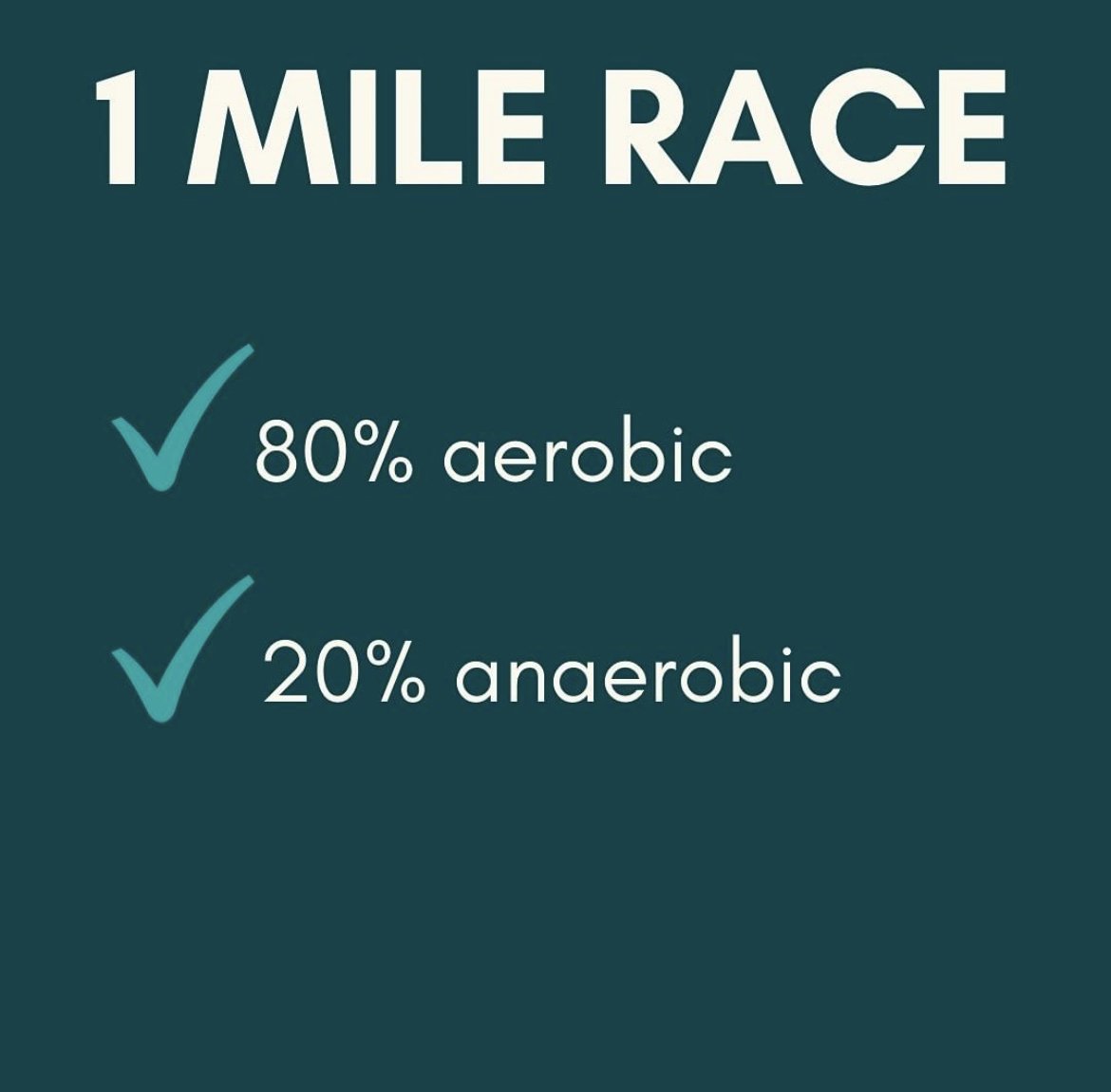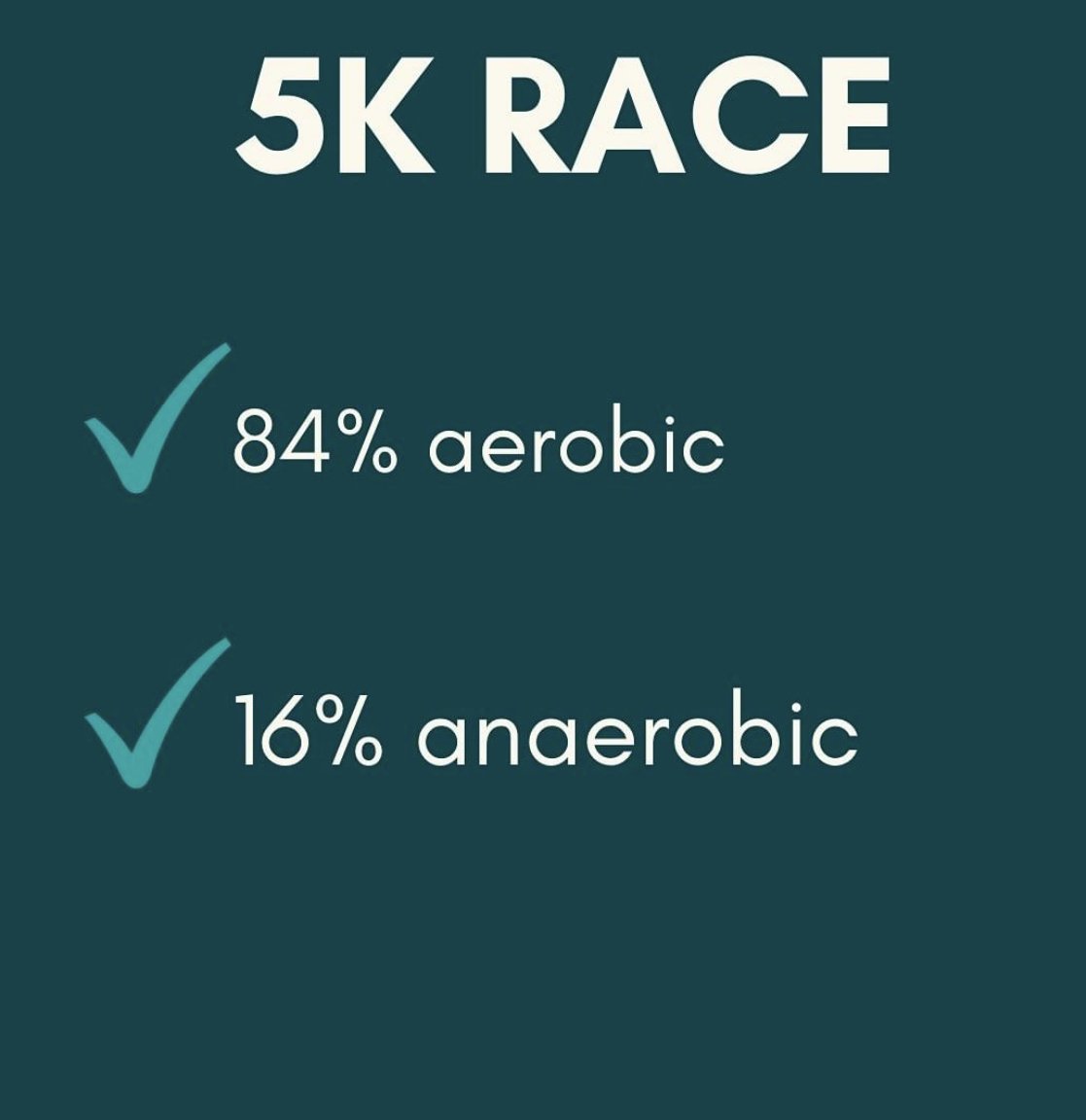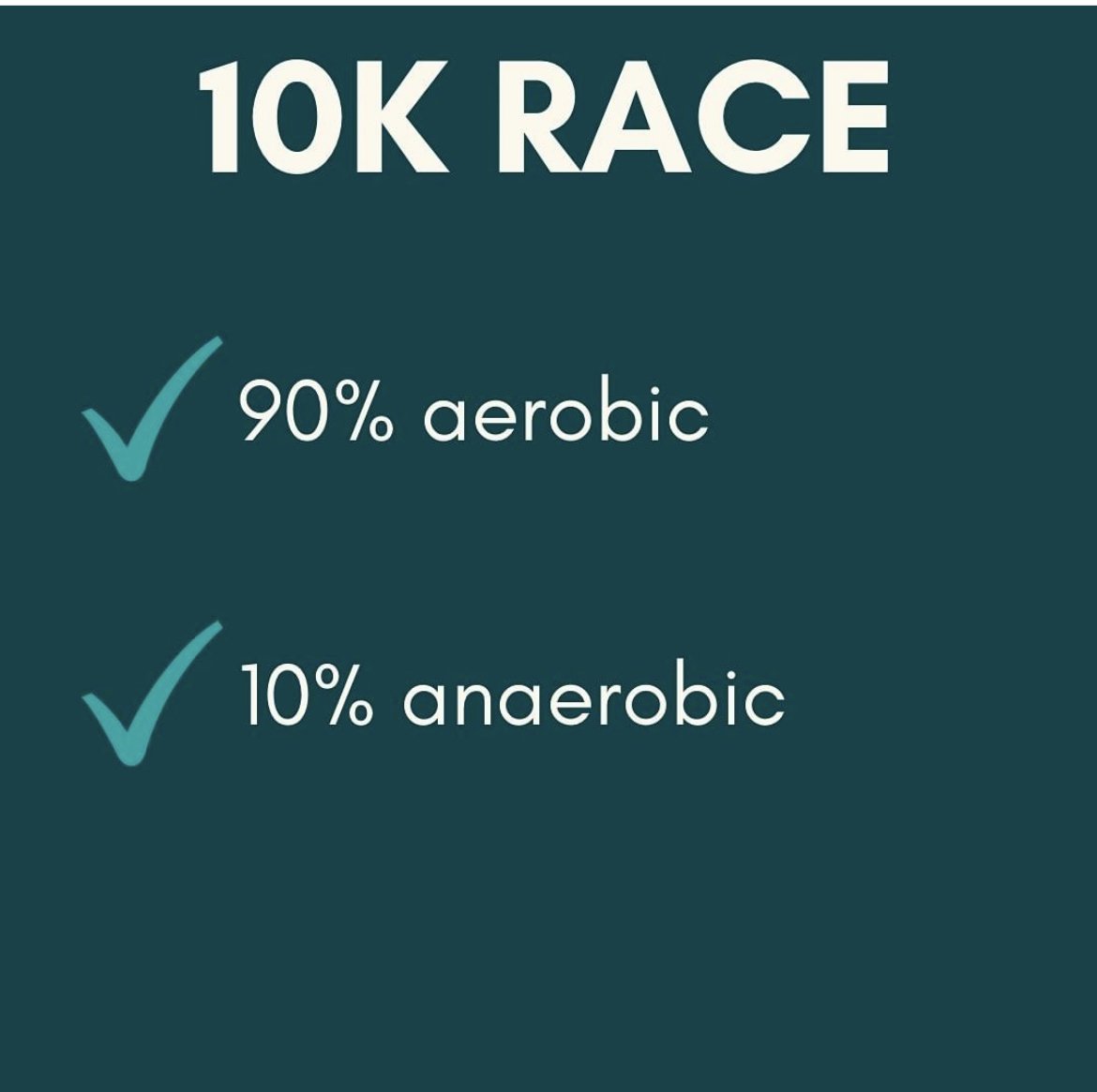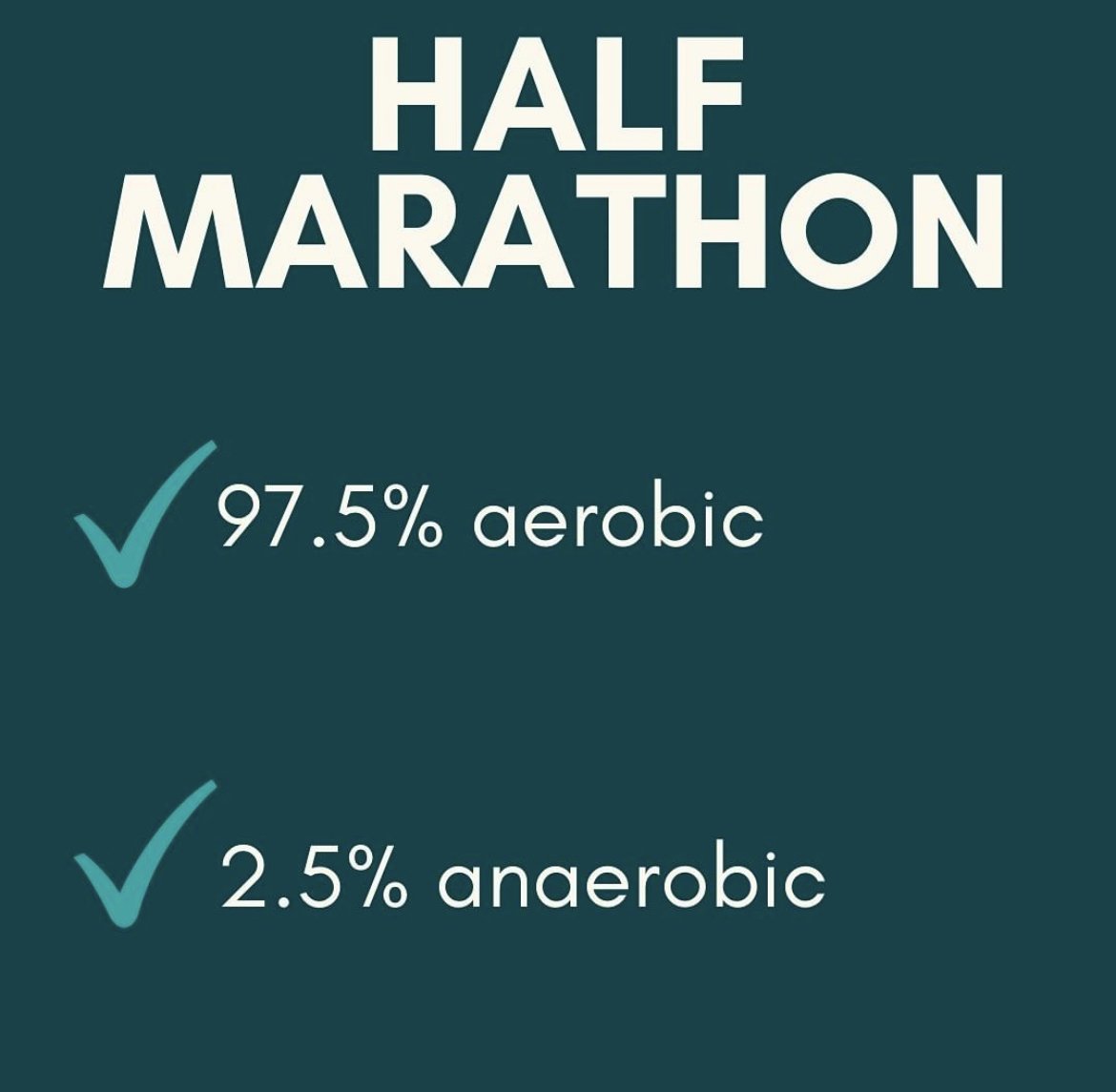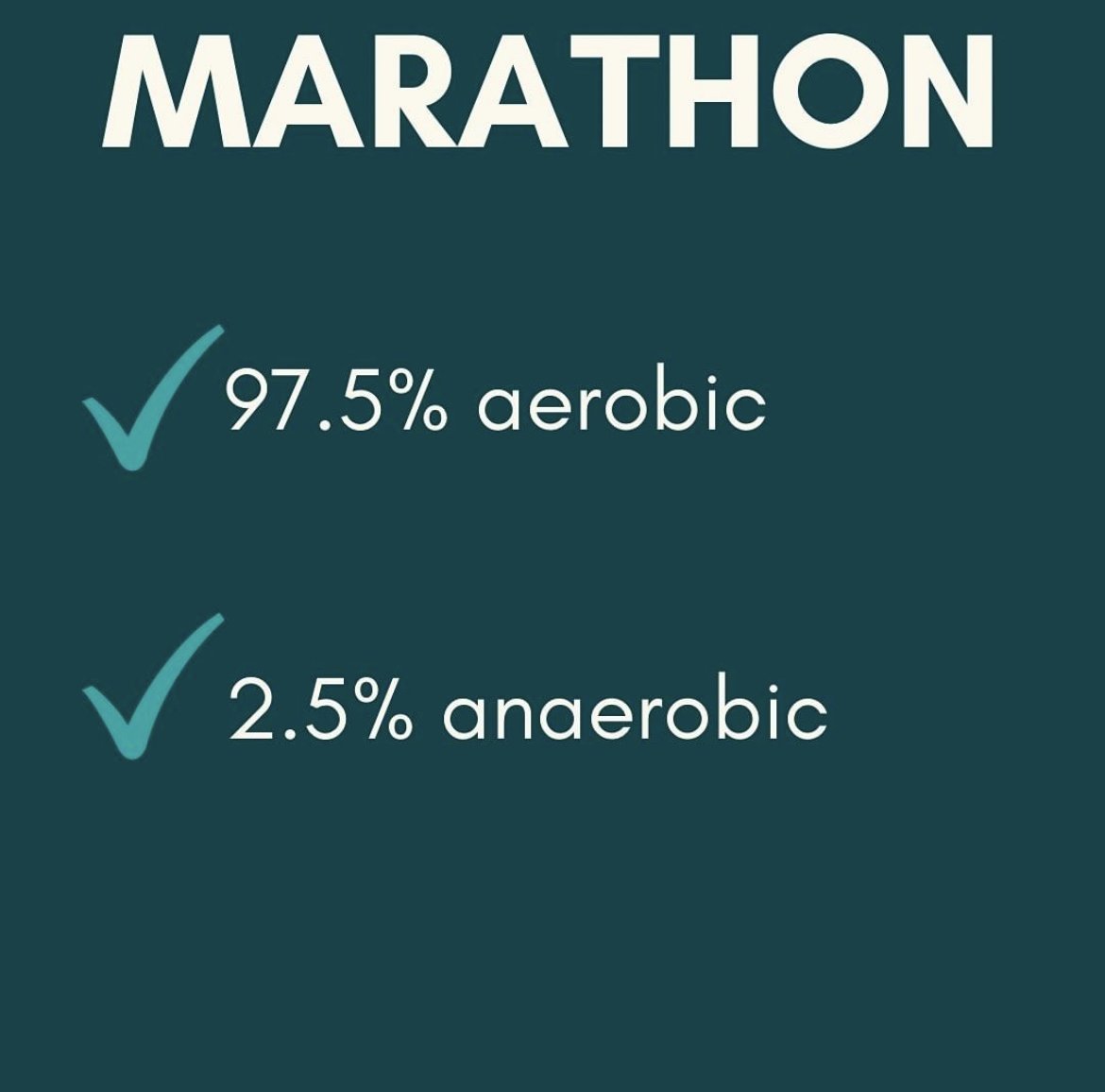Why 80% of Your Running Should Be Easy
Aerobic vs Anaerobic: Why Slowing Down Makes You Faster
One of the biggest mistakes runners make is trying to run too fast, too often.
But here’s the truth: you can’t fight physiology.
Your body has two main energy systems—aerobic and anaerobic—and if you don’t understand how they work, you’ll keep hitting the wall in training and races.
This is why I tell my runners, over and over again: slow down for most of your runs.
The Aerobic System (Your Long-Term Engine)
Kicks in for efforts longer than ~3 minutes
Produces energy using oxygen
Lower power, but virtually endless capacity
Trains your body to use oxygen efficiently and burn fuel steadily
Runs that train your aerobic system:
Long runs
Steady runs
Recovery runs
Cross-training & strength work
👉 Think of it as your “cruise control.” The more you build this system, the easier running feels—and the faster your pace per mile becomes, even at the same effort.
The Anaerobic System (Your Short-Term Boost)
Works without oxygen, using limited stored energy in your cells
Provides short bursts of high power
Can only sustain effort for a short time before fatigue crashes in
There are two sub-systems here:
Anaerobic Alactic → short, explosive bursts (sprints, 10–15 secs)
Anaerobic Lactic → sustained harder efforts that build up “lactic burn”
Runs that train your anaerobic system:
Interval sessions
Hills
Tempo runs
Progressive runs
👉 This is your “turbo boost.” It’s powerful, but limited. Use it too much and you’ll burn out.
Why This Matters for Racing
Here’s where most runners go wrong: they rely on their anaerobic system too early in a race. That’s when:
Your legs turn to jelly
Your stomach churns
You feel like you’re dying
In a 5k or 10k you might just hang on until the finish.
But in a half marathon or marathon? If you’ve gone out too fast and tipped into anaerobic too soon, the second half of the race will feel like sheer survival.
The Physiology of Race Distances
1 Mile → mostly anaerobic
5K → roughly 80–85% aerobic
10K → ~90% aerobic
Half Marathon → ~95% aerobic
Marathon → 98–99% aerobic
👉 The takeaway? Even in a 5k, the majority of your energy comes from the aerobic system. Which is why most of your training should focus on it.
The Golden Rule
Train your aerobic system more than your anaerobic system.
That means:
Slow, steady miles form the majority of your training.
Faster sessions (intervals, hills, tempos) are layered in once you’ve built the aerobic base.
By doing this, you’ll run more efficiently, recover faster, and actually get quicker—without burning out.
Want to see how different types of runs fit together? Check out The 8 Basic Types of Runs

